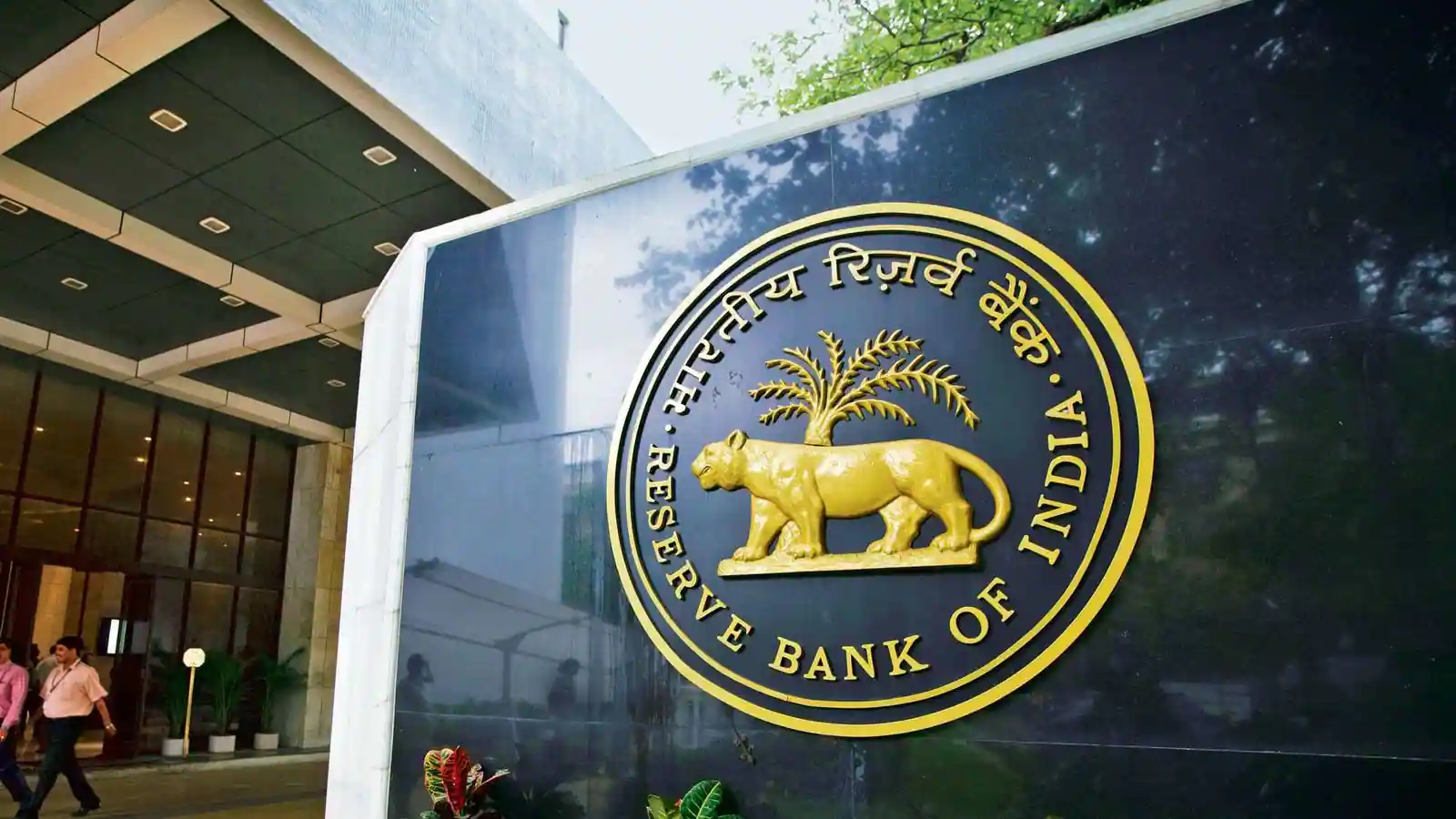Hon’ble Minister of State for Corporate Affairs Shri Rao Inderjit Singh, Shri Rajesh Verma, Secretary, Ministry of Corporate Affairs, Shri Ravi Mittal, Chairman, IBBI, Shri Sudhakar Shukla, Whole Time Member, IBBI, distinguished guests, panelists and researchers, Ladies and Gentlemen,
At the outset, let me express my gratitude to the organisers for inviting me to deliver the keynote address in this conference. This conference quite appropriately focuses on one of the most important facets of a robust financial system – resolution of stressed assets. It would not be an understatement if I were to say that India has been witnessing a paradigm shift in the regulatory architecture concerning resolution of stressed assets over the past few years. The Insolvency and Bankruptcy Code has had profound impact on the creditordebtor relationship in India. It’s been a bit more than five years since the provisions related to corporate insolvency resolution process (CIRP) under the Code were notified and implemented, and it provides a window for stock taking of the progress achieved so far and the expectations about the future.
Insolvency and its resolution
For any lender, the credit risk i.e., the possibility of not receiving the timely repayment of the contracted amount or of the counterparty not honouring its obligations in respect of the credit contract, constitutes a significant risk which need to be covered by maintaining adequate capital and risk provisions. In principle, a borrower defaults when he is either unable to pay his creditors because of inadequate cash flows from his business or the market value of his assets falls below the value of his liabilities which hinders his capability to liquidate his assets and pay off creditors to ensure that no default takes place.
In such a situation, the borrower is said to have become insolvent. Unfortunately, in real-world situations, it is not easy to ascertain whether a borrower has become insolvent till the time a default occurs. Mostly, by then, the marketable value of the assets of the borrower would have already fallen below its liabilities. As liabilities of the borrower are the assets of the lender, the inability of the borrower to pay its liabilities will reduce the value of the assets of the lender thereby impacting their ability to repay their creditors, which primarily includes depositors in the case of banks. This is the main reason why RBI is interested in timely resolution of stressed assets by the regulated entities. Even where the lender is not a bank, the interconnectedness of the financial system would lead to second order effects that would adversely impact the financial system.
Once a borrower becomes insolvent, the natural instinct of creditors is to cut their losses by rushing for the biggest possible piece of the remaining pie of marketable assets of the concerned borrower. However, we also need to bear in mind the fact that a state of insolvency does not mean that the future
prospects of the borrower are non-existent – in many cases a judicious rebalancing of debt would suffice to bring it back on track – unless the financial stress is extremely acute. Almost always, a going concern should be more valuable to a creditor than a liquidated company. It is in this context that a comprehensive insolvency resolution legislation assumes importance.
- As such, an efficient insolvency legislation should be premised on following five pillars :
- I. It should prioritise going concern status over liquidation.
- II. It should force the creditors to come together and work out a resolution plan that tries to preserve the value by looking at the options to keep the company as a going concern.
- III. It should ensure a time bound resolution so that value deterioration for the creditors of an insolvent exposure is arrested.
- IV. It must provide claw back of questionable transactions that may have contributed to the financial stress of the defaulting borrower.
- V. Finally, an effective resolution regime should protect the majority from the minority by forcing a cramdown if the majority decision covers a predefined threshold of approval.
To Read More….
Click the link below….
Speech : https://www.dropbox.com/s/40c5fkbnkklvn7a/Resolution%20of%20Stressed%20Assets%20and%20IBC1.PDF?dl=0
